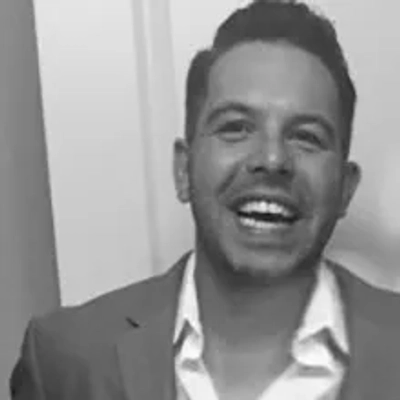4 Ways Cfos Can Balance Short-Term Financial Pressures With Long-Term Strategic Investments
In today's volatile economic landscape, CFOs face the challenge of balancing immediate financial pressures with long-term strategic investments. This article presents expert-backed strategies for achieving this delicate equilibrium in corporate finance. Drawing insights from industry leaders, it explores practical approaches to prioritization, cash flow management, market alignment, and budget allocation.
- Apply Dynamic Prioritization for Financial Balance
- Focus on Cash Flow Scenarios
- Align Investments with Market Cycle Indicators
- Allocate Budget Between Stability and Growth
Apply Dynamic Prioritization for Financial Balance
One approach I use to balance short-term financial pressures with long-term strategic investments is to apply a dynamic prioritization model that separates decisions into essential, growth-enabling, and optional categories. This allows us to maintain financial discipline without compromising future value creation. For example, at CFO Business Solutions and Initiate PH, we regularly revisit our cash flow forecasts and investment theses to ensure alignment with evolving business needs. By stress-testing assumptions and involving cross-functional leaders early in the process, we avoid binary trade-offs and instead optimize for both resilience and growth. This approach has helped us stay agile while still building for the long term.

Focus on Cash Flow Scenarios
At Monmouth, we balance short-term strains with long-term plans by focusing on cash flow as the primary focus for decision-making. Many businesses we support face immediate demands such as VAT bills, payroll, or supplier costs while also wanting to invest in growth.
Our approach is to map out scenarios that show how these pressures interact with future goals. By building flexible models, we tend to be able to test a swathe of different outcomes to see the impact of these choices in real terms. This also allows us to smooth out short-term challenges without cutting off required funding for investment in people, technology, or expansion.
Other CFOs may find value in this framework as it turns financial planning into a practical tool rather than a more holistic or qualitative fixed forecast. When you stress-test different futures and keep cash flow at the center, you gain the confidence to deal with immediate pressures, while still backing long-term ambitions.

Align Investments with Market Cycle Indicators
In commercial real estate, I've relied on a timing model that aligns investment strategies with market cycles. For example, during soft phases, we would preserve liquidity, but when demand signals shifted, we pivoted into aggressively deploying capital for stronger projects. My advice: track cycle indicators as guardrails. Short-term constraints become easier to handle when you know where the long-term curve is headed.

Allocate Budget Between Stability and Growth
Balancing short-term pressure with long-term bets reminds me of negotiating with factories in Shenzhen. Sometimes you need to take the cheaper offer to hit cash flow, but if you never invest in a reliable partner, the hidden costs catch up. At SourcingXpro, I built a simple rule: 70% of the budget goes to keeping operations stable, 30% is locked for growth projects like better tech or new supplier networks. That way, even in tough months, the future isn't on pause. Following that approach helped us cut lead times by 22% over a year while still covering immediate expenses. It's not fancy, but the discipline keeps the business moving forward.


